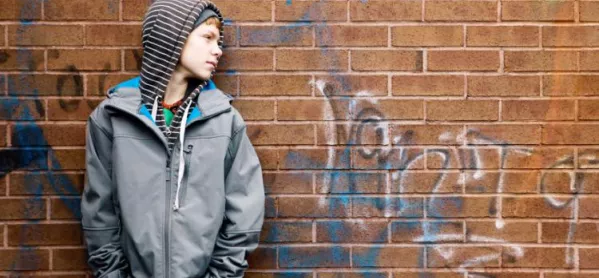Our coalition was delighted to see the Scottish government this week announce a review of the presumption of mainstreaming. As many readers of Tes Scotland will know, this is an issue that our members - a mix of independent and third-sector organisations that support children and young people with additional support needs (ASN) - have been campaigning on for some time.
The presumption to mainstream sees all children taught in mainstream schools unless certain exemptions apply. Currently, more than a quarter of the pupil population in Scotland (28.7 per cent) has ASN, an increase of more than 68 per cent since 2012 (in part due to an increase in awareness and identification). This, however, is against the background of 500 fewer specialist ASN teachers and a reduction in support staff, such as education psychologists and behaviour support staff.
Children and young people identified as having ASN come disproportionately from lower-income families and areas of deprivation, with ASN more than twice as likely to be identified in pupils living in the most deprived neighbourhoods. The fact that those with ASN come from such backgrounds is a clear challenge if we want to close the education attainment gap - a key objective of the Scottish government.
A lack of classroom support, driven in part by budgetary cuts, means that many of these vulnerable children and young people are not having their educational and social needs met. This is also putting pressure on fellow pupils and teachers, with many of the latter lacking the necessary training to provide the specialist support required.
Is inclusion working for disadvantaged pupils?
Successful inclusion within a mainstream environment requires resources, leadership and the training of staff to deal with such matters.
Ultimately, the needs of the child must be at the centre of this process, but many of those with ASN currently supported in mainstream schools would have their needs better supported in special schools or units. When we talk of inclusion, this group are often more excluded in mainstream schooling than they would be in a specialist environment.
Parents can, however, face a real battle to have their child placed in such specialist facilities, especially given local authority budget pressures.
As an independent special school that deals with boys with conditions such as autism and ADHD (attention deficit hyperactivity disorder), we are a testament to the success of specialist provision, with countless examples of boys who have floundered in a mainstream setting but who have absolutely thrived in the environment we provide.
If our aim is for pupils with ASN to reach their full potential, we need to ensure that the necessary support is provided in the classroom, that specialist facilities are made accessible to those needing them and that teachers receive the necessary training.
Only with the right support then can we genuinely ensure that all our children and young people are being taught in an environment most appropriate to their needs - and make genuine inroads into closing the educational attainment gap.
Stuart Jacob is director of Falkland House School in Fife - which specialises in autism - and a member of the Scottish Children’s Services Coalition
